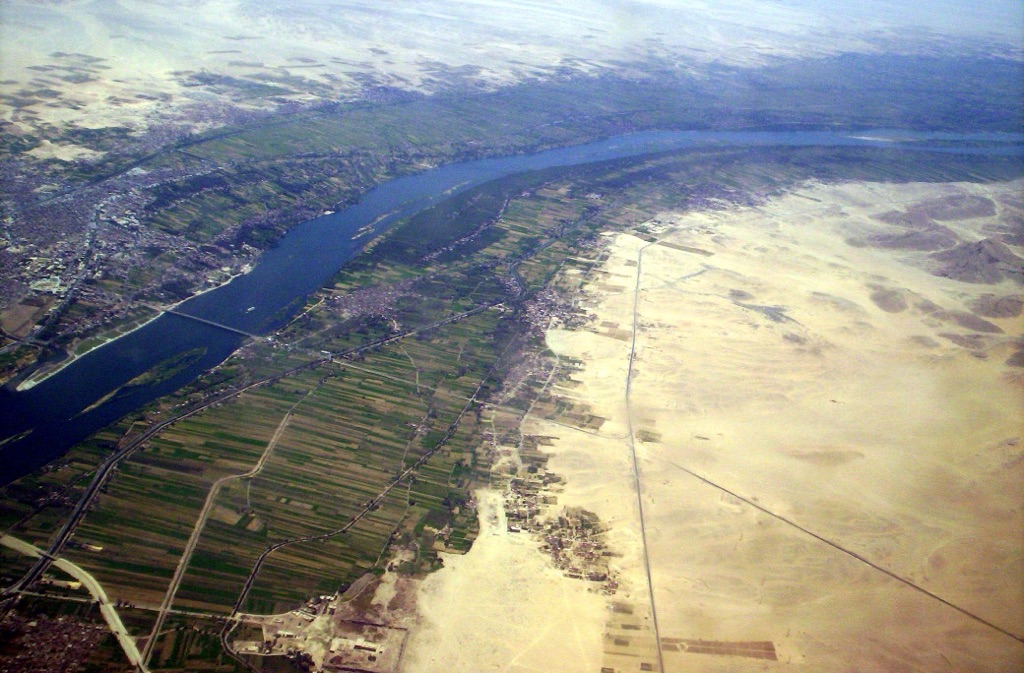The Nile River, a lifeblood of Ancient Egypt, served as the foundational element for the region’s astounding development. This majestic waterway’s predictable flooding cycles deposited rich, fertile soil along its banks. This phenomenon allowed the Egyptians to excel in agriculture. Crops such as wheat, flax, and papyrus thrived, which supported a growing populace and sparked trade. The Nile’s waters also provided a crucial transportation route. It linked disparate parts of the empire and fortified its economic and social cohesion. By clever utilization of the river’s resources, Ancient Egypt became a bedrock of ancient civilization. Its tales of prosperity and cultural achievements echo through time, largely thanks to the gifts of the Nile.
The Ancient Egyptians
Ancient Egyptian Historical Sites and Ruins
Egyptian Mythology
Ancient Egyptian Artifacts
| Ankh Cross |
| Dream Stele |
Historical Figures
| Ramses II |
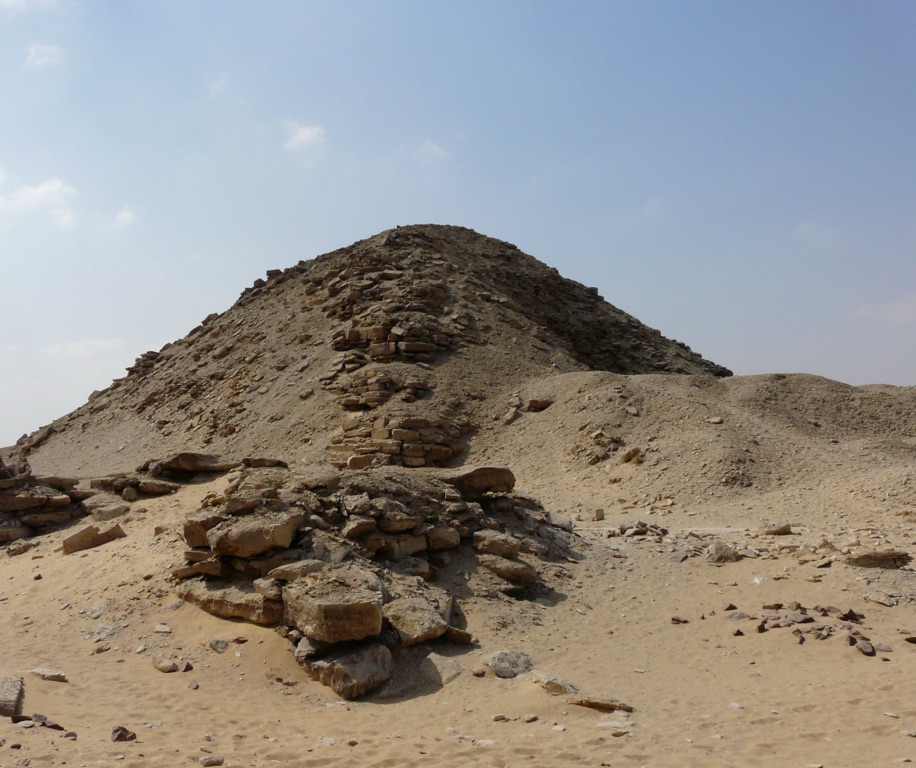
Pyramid of Nyuserre
The Pyramid of Nyuserre Ini, a landmark in the necropolis of Abusir, stands as an ancient testament to the Fifth Dynasty of Egypt’s Old Kingdom. Constructed as the final resting place of Pharaoh Nyuserre Ini, its grandeur is a reflection of the pharaoh’s influence and the architectural innovations of the era. Though time has taken its toll, the pyramid’s remnants offer insights into the religious and cultural practices of ancient Egyptian civilization, captivating historians and tourists alike.
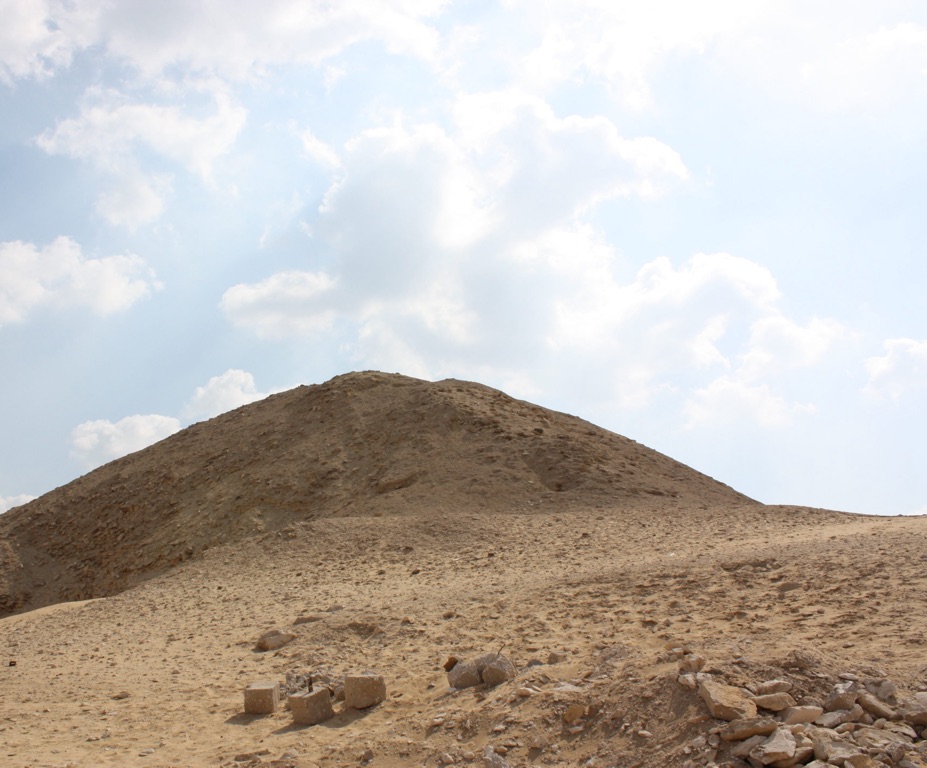
Pyramid of Teti
The Pyramid of Teti is a testament to the ingenuity of ancient Egyptian civilization. As the first pyramid of the Sixth Dynasty in Egypt’s Old Kingdom, the Pyramid of Teti invites history buffs and travelers to explore its corridors. It holds the honor of housing the second-oldest known pyramid texts. Visitors can marvel at hieroglyphic carvings revealing glimpses of life and beliefs from millennia ago. Immerse in a history that has transcended time while wandering through its once concealed chambers.
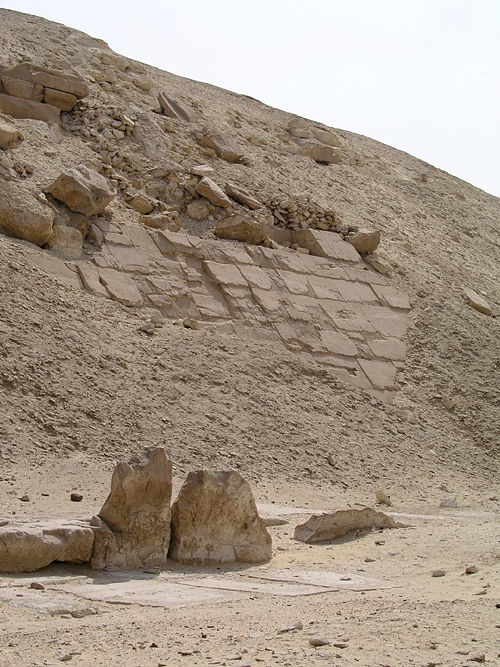
Pyramid of Senusret I
The Pyramid of Senusret I stands as a testament to the architectural prowess of the Middle Kingdom of ancient Egypt. This enduring monument is located in the heart of El-Lisht, near the ruins of the ancient city of Itjtawy. Built for the second pharaoh of the Twelfth Dynasty, Senusret I, the pyramid reflects the period’s innovation in design and construction. Unlike the earlier smooth-sided pyramids, Senusret I’s pyramid featured a core built of mudbricks, encased by fine limestone. This site offers a glimpse into the religious and cultural practices of the time, underlying the pharaoh’s role as both a divine deity and a mortal ruler.
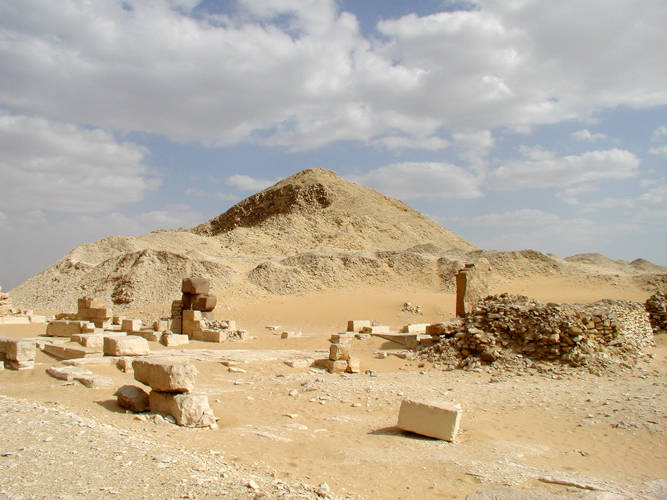
Pyramid of Pepi II
The Pepi II Pyramid, part of the remarkable pyramids at Saqqara in Egypt, stands testament to the architectural prowess of the Ancient Egyptians. As the final resting place of Pharaoh Pepi II, this pyramid marks the decline of the Old Kingdom. The complex’s unique features, including three subsidiary pyramids, reflect the grandeur of the times. Archaeologists and historians value the site for its detailed carvings, which shed light on the era’s traditions and rituals. Despite the pyramid’s deteriorated state, it provides invaluable insights into Pharaonic civilization and its enduring legacy.
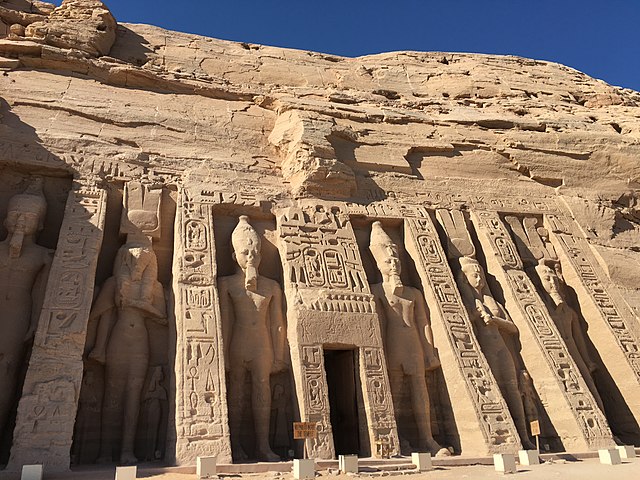
Abu Simbel Temples
The Abu Simbel temples, carved from solid rock in southern Egypt’s ancient times, stand as an awe-inspiring testament to pharaonic grandeur. Constructed during the reign of Pharaoh Ramses II, these colossal structures were not only intended to demonstrate his power but also to revere the gods. The temples’ intricate designs, with massive statues guarding their entrances, continue to draw visitors worldwide, captivated by their ancient splendor and the technical ingenuity of their creators.

